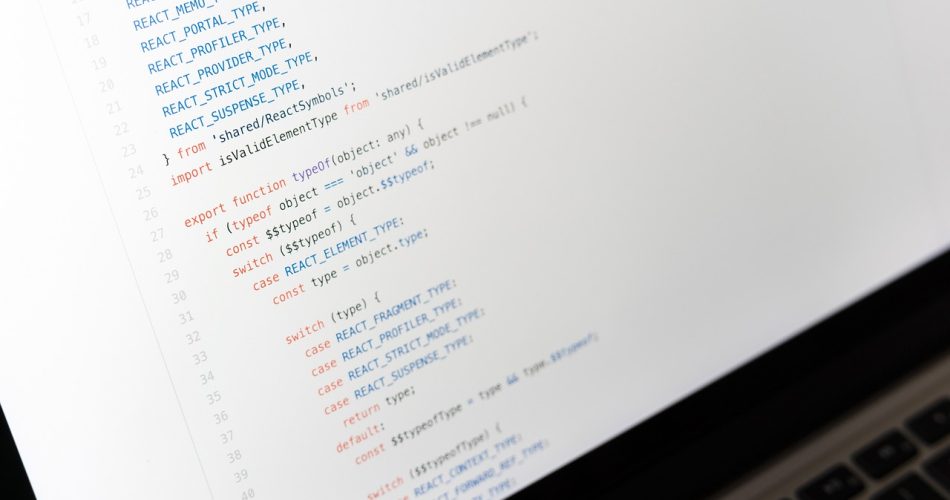TensorFlow.js is a powerful library that allows you to run machine learning models in the browser. This guide will walk you through the process of implementing real-time image recognition in a web application using TensorFlow.js. We’ll cover the basics of TensorFlow.js, how to set up an image recognition project, and how to implement it for real-time use.
Table of Contents
- Introduction to TensorFlow.js
- Setting Up Your Project
- Loading a Pre-trained Model
- Processing Images for Recognition
- Implementing Real-Time Recognition
- Optimization Techniques
- Advanced Techniques and Considerations
- Conclusion
1. Introduction to TensorFlow.js
TensorFlow.js is an open-source library that brings machine learning to JavaScript, allowing you to develop ML models in JavaScript and use ML directly in the browser or in Node.js. It provides a set of APIs that are similar to the Python TensorFlow API, making it easier for developers familiar with TensorFlow to transition to web-based ML.
Key features of TensorFlow.js include:
- Develop ML models in JavaScript
- Use pre-trained models
- Retrain existing models
- Run models in the browser or Node.js
2. Setting Up Your Project
To get started with TensorFlow.js for image recognition, you’ll need to set up a basic web project and include the necessary libraries.
Project Structure
project/
│
├── index.html
├── styles.css
└── script.js
HTML Setup
Create a basic HTML structure in your index.html file:
<!DOCTYPE html>
<html lang="en">
<head>
<meta charset="UTF-8">
<meta name="viewport" content="width=device-width, initial-scale=1.0">
<title>TensorFlow.js Image Recognition</title>
<link rel="stylesheet" href="styles.css">
</head>
<body>
<h1>Real-Time Image Recognition</h1>
<video id="video" playsinline autoplay></video>
<canvas id="canvas"></canvas>
<div id="predictions"></div>
<script src="https://cdn.jsdelivr.net/npm/@tensorflow/tfjs"></script>
<script src="https://cdn.jsdelivr.net/npm/@tensorflow-models/mobilenet"></script>
<script src="script.js"></script>
</body>
</html>
CSS Setup
Add some basic styling in your styles.css file:
body {
font-family: Arial, sans-serif;
display: flex;
flex-direction: column;
align-items: center;
padding: 20px;
}
video, canvas {
border: 1px solid #ccc;
margin-bottom: 10px;
}
#predictions {
font-size: 18px;
margin-top: 10px;
}
3. Loading a Pre-trained Model
For this example, we’ll use the MobileNet model, which is pre-trained on the ImageNet dataset and can recognize 1000 different classes of images. Let’s load the model in our script.js file:
let model;
const video = document.getElementById('video');
const canvas = document.getElementById('canvas');
const ctx = canvas.getContext('2d');
const predictionsElement = document.getElementById('predictions');
async function loadModel() {
model = await mobilenet.load();
console.log('MobileNet model loaded');
startVideo();
}
loadModel();
4. Processing Images for Recognition
To perform real-time image recognition, we need to capture video from the user’s camera and process each frame. Let’s add functions to start the video stream and process frames:
async function startVideo() {
const stream = await navigator.mediaDevices.getUserMedia({ video: true });
video.srcObject = stream;
video.addEventListener('loadeddata', predictWebcam);
}
async function predictWebcam() {
canvas.width = video.videoWidth;
canvas.height = video.videoHeight;
ctx.drawImage(video, 0, 0, video.videoWidth, video.videoHeight);
const predictions = await model.classify(canvas);
displayPredictions(predictions);
requestAnimationFrame(predictWebcam);
}
function displayPredictions(predictions) {
const topPrediction = predictions[0];
predictionsElement.innerText = `${topPrediction.className}: ${(topPrediction.probability * 100).toFixed(2)}%`;
}
5. Implementing Real-Time Recognition
The predictWebcam function we just created implements real-time recognition. It continuously captures frames from the video stream, passes them to the model for classification, and displays the results. The requestAnimationFrame function ensures that this process happens smoothly, adjusting to the device’s refresh rate.
6. Optimization Techniques
To improve the performance of your real-time image recognition application, consider the following optimization techniques:
Reduce Model Size
MobileNet comes in different sizes. You can load a smaller version of the model for faster inference:
const model = await mobilenet.load({ version: 2, alpha: 0.5 });
Adjust Prediction Frequency
Instead of predicting every frame, you can predict every nth frame:
let frameCount = 0;
async function predictWebcam() {
frameCount++;
if (frameCount % 10 === 0) { // Predict every 10th frame
// ... prediction code ...
}
requestAnimationFrame(predictWebcam);
}
Use Web Workers
To prevent the main thread from being blocked during prediction, you can use Web Workers:
// In main script
const worker = new Worker('worker.js');
worker.onmessage = function(e) {
displayPredictions(e.data);
};
function predictWebcam() {
ctx.drawImage(video, 0, 0, video.videoWidth, video.videoHeight);
const imageData = ctx.getImageData(0, 0, canvas.width, canvas.height);
worker.postMessage({ imageData: imageData }, [imageData.data.buffer]);
requestAnimationFrame(predictWebcam);
}
// In worker.js
importScripts('https://cdn.jsdelivr.net/npm/@tensorflow/tfjs');
importScripts('https://cdn.jsdelivr.net/npm/@tensorflow-models/mobilenet');
let model;
async function loadModel() {
model = await mobilenet.load();
console.log('Model loaded in worker');
}
loadModel();
onmessage = async function(e) {
if (model) {
const predictions = await model.classify(e.data.imageData);
postMessage(predictions);
}
};
7. Advanced Techniques and Considerations
Transfer Learning
You can fine-tune the MobileNet model on your own dataset for more specific image recognition tasks. TensorFlow.js provides APIs for transfer learning:
const baseModel = await mobilenet.load({ version: 2, alpha: 0.5 });
const layer = baseModel.getLayer('conv_pw_13_relu');
const truncatedModel = tf.model({inputs: baseModel.inputs, outputs: layer.output});
const model = tf.sequential({
layers: [
truncatedModel,
tf.layers.globalAveragePooling2d({}),
tf.layers.dense({ units: NUM_CLASSES, activation: 'softmax' })
]
});
// Train the model on your data
await model.fit(trainImages, trainLabels, {
epochs: 10,
callbacks: {
onEpochEnd: (epoch, logs) => console.log(`Epoch ${epoch}: loss = ${logs.loss}`)
}
});
Model Quantization
TensorFlow.js supports quantized models, which are smaller and faster. You can quantize your model during conversion from TensorFlow to TensorFlow.js format.
Progressive Loading
For larger models, you can implement progressive loading to start inference with a partial model while the rest is still loading:
mobilenet.load({ version: 2, alpha: 0.5 }).then(model => {
// Start inference with the initially loaded layers
startInference(model);
// Continue loading the rest of the model
return model.loadFully();
}).then(fullyLoadedModel => {
// Switch to the fully loaded model
updateModel(fullyLoadedModel);
});
8. Conclusion
TensorFlow.js provides a powerful platform for implementing real-time image recognition in web applications. By leveraging pre-trained models like MobileNet and applying optimization techniques, you can create responsive and efficient image recognition systems that run directly in the browser.
Remember to consider privacy implications when implementing camera-based applications, and always ask for user permission before accessing the camera. Additionally, be mindful of device capabilities and network conditions to ensure a good user experience across different devices and connection speeds.
As you continue to explore TensorFlow.js, you can experiment with different models, implement more complex image processing pipelines, or even train custom models for specific use cases. The field of web-based machine learning is rapidly evolving, offering exciting possibilities for creating intelligent and interactive web applications.
